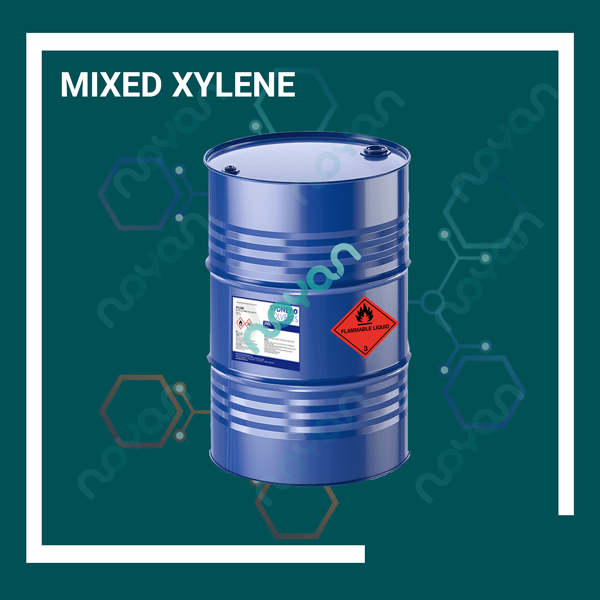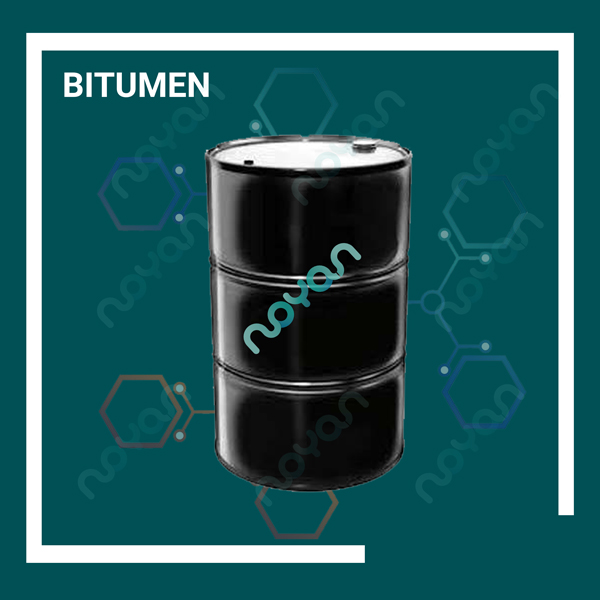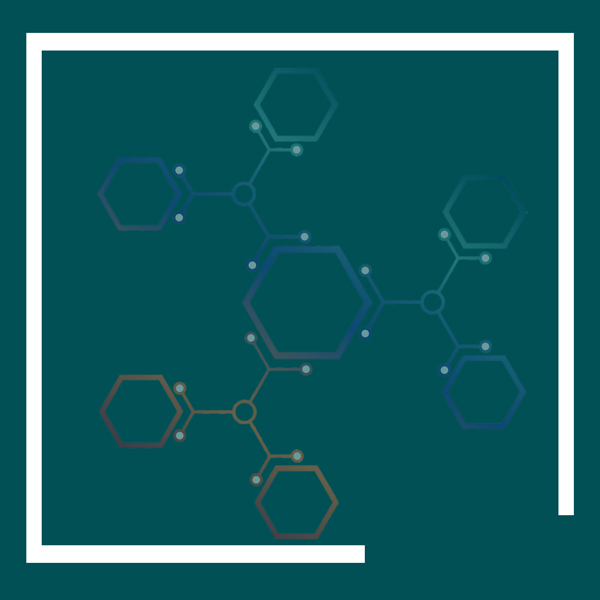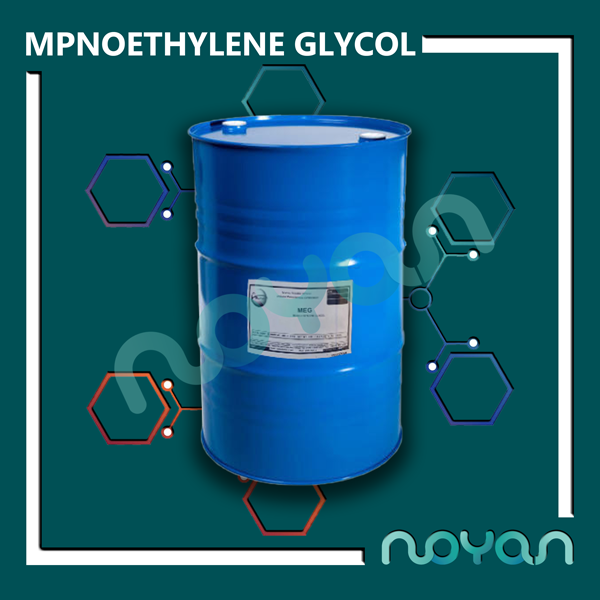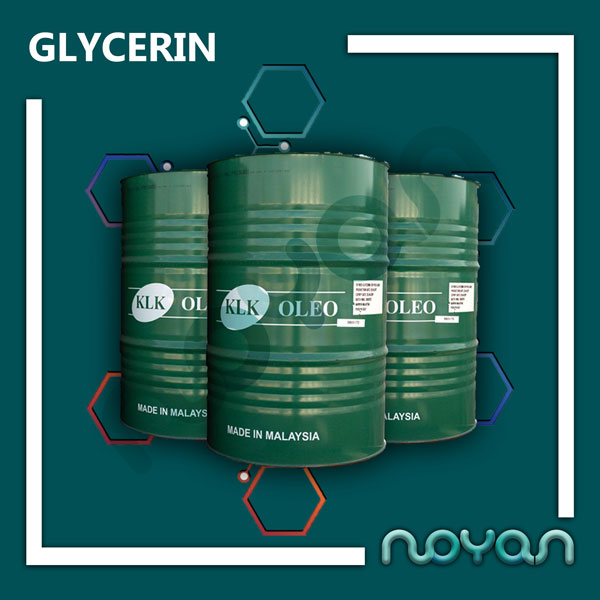Xylene or dimethylbenzene is a colorless liquid and one of the aromatic hydrocarbon compounds to which a benzene ring with two methyl groups is attached in different positions. Xylene has three isomers of ortho, para and xylene mixtures, all of which have the molecular formula C8H10, or similarly C6H4 (CH3) 2.
Xylene is one of the 30 chemical compounds that are mass-produced and used in the industries of paints, adhesives, lubricants and inks, plating, leather and paper, detergents and cleaners, various fuels and xylene compounds and used as a supplement. It is added to gasoline along with benzene. Xylene isomers are used as industrial agents and in synthetic reactions as intermediates. Moving sources, types of fuels and fuel supply stations, forest fires, and oil spills into the oceans are among the factors that release xylene.
Commercial or laboratory xylene contains about 50-40% m-xylene, and more than 20% o-xylene, p-xylene and ethyl benzene. The physical and chemical properties of different isomers are different.
Xylene is produced from the methylation of benzene and toluene. Its commercial or laboratory grade consists of 40-65% of a mixture of xylene and over 20% of ortho, para-xylene and ethylene benzene, which in the industry is the commercial grade of the same mixture of xylene.
In 1850, the French chemist Auguste Cahore first discovered and recorded the chemical from wood tar. Xylene is one of the most important and widely used petrochemical products, it is also obtained from the carbonization of coal during the manufacture of coke fuel.
The prefix xylophone in Greek means wood, xylene is commonly spread through fuel outlets, forest fires, and oil spills in the ocean. And poses numerous environmental hazards.
Xylene is a volatile liquid with flammability and pleasant odor. Millions of tons of xylene are produced annually in the world.
This substance has a very high flammability and is extremely toxic. The operator must be safe with all the required personal safety equipment, and people working with this valley must be trained on how to work safely and the hazards with these materials.
This material should be stored in a cool, well-ventilated environment away from direct sunlight, heat and other flammable sources.
Xylene is used as a solvent in the printing, rubber, paint and leather industries.
Used in small amounts in aircraft fuel, gasoline and cigarette smoke.
Used in dentistry in histology laboratory for tissue processing, staining and slip coating.
Used in root canal remediation as a solvent by gutta percha.
Xylene is a derivative of crude oil that is used as a solvent in these industries.
• As a raw material used in the production of ethyl benzene
• Used in the adhesive industry to reduce the viscosity of adhesives and their production.
• This material is widely used in industries that need water resistance and penetration of products such as waterproof industries and the production of transmission pipelines.
• Like other industrial solvents such as acetone, ethylene glycol, toluene and… used in the cleaning and washing industries of industrial tools and devices.
Xylene is also used to wash transport equipment as well as tank containers of devices such as airplanes and tankers.
• Used in paint industry as a paint thinner and coolant.
Solvent is widely used in leather, plastics and painting industries, which, like acetone and other chemical solvents, plays an important role in cleaning.
• Parasylene isomer is also used in the production of terephthalic acid.
Xylene is a colorless, volatile, flammable, odorless liquid.
Xylene is also widely used in industry to produce waterproof coatings and transmission line pipes.
• And …
Safety and hazards of xylene:
The liquid is flammable. Vapors of this material at temperatures below 17 ° C can form an explosive mixture with room air. The vapors of this material can also be ignited by the discharge of static electricity.
Carbon dioxide, dry chemical powder, foam, spray or water mist. Water may be ineffective because it does not have the ability to cool the substance below the flash point.
Use chemical resistant gloves, clothing and shoes. Shower and eye saline safety in work environments with this material is mandatory.
Eye contact: This fluid has caused brief eye irritation in laboratory studies in animals. Eye irritation is due to the vapors of this substance and in concentrations less than 200 ppm. Wear goggles with eye frames. In most cases, facial protection is necessary. Immediately rinse the infected eyes with lukewarm water for 15 minutes, keeping the eyelids open. If ocular irritation persists, studies have shown that contact with isomers of xylene causes irritation, redness, and sensitive burns. These effects are often reversible after about 1 hour after disconnection.
Skin contact: This material should not come into contact with skin or clothing. Protective clothing and gloves should be worn when transporting this material. Remove contaminated clothing and wash skin with soap and water. See a doctor if signs and symptoms of irritation become apparent. Studies have shown that contact with isomers of xylene causes irritation, redness, and sensitive burns. These effects are often reversible about 1 hour after disconnection.
Respiratory contact: In times when the ventilation of the environment is not suitable or to control the particles of this material below the standard, respiratory protection systems should be used. The source of pollution or the person should be taken to the open air. In case of respiratory problems, connect a medical oxygen device to the person and give artificial oxygen to the person in case of respiratory arrest. See your doctor. The main effect of inhaling xylene vapors is on the central nervous system, the symptoms of which include headache, dizziness, nausea and vomiting.
Swallowing and digestion: Never give anything to an unconscious person. If conscious, rinse mouth with clean water and do not induce vomiting. Give 240 to 300 ml of water to a conscious person. See a doctor. Animal studies have shown that this substance has a mild oral toxicity. Eating large amounts of this substance causes problems similar to affecting the central nervous system such as confusion, nausea and vomiting.
